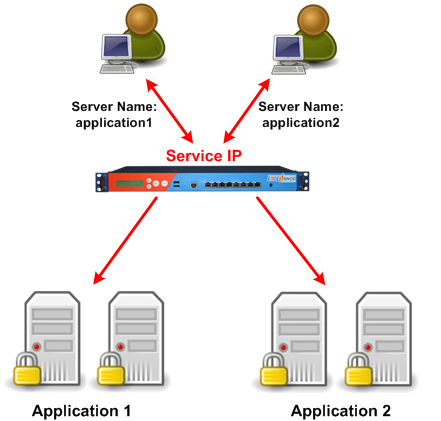
The system comes with a number of pre-built forms under different modules. The fields in the form represent a record which is stored in a database table. Remedy AR system uses forms to capture and display information. Refer to BMC Remedy documentation for more information. IT Service management) processes and workflows. One of the common use cases is the automation of internal service desk (e.g.

The system allows non-programmers to build workflow applications using its Developer Studio. Remedy Action Request (AR) System overviewīMC Remedy Action Request (AR) System is a business automation solution that enables the tracking of critical enterprise processes. The article uses Remedy AR Version 19.x and Anypoint Studio 7.4.2. We’ll start with a brief overview of the Remedy Action Request System and then walk-through the API implementation to connect and access key Remedy records like Incident, Task, and WorkInfo.
#SIMPLE HELIX SERVER NAME INDICATION HOW TO#
You’ll learn how to build a System API for Remedy AR by defining endpoints in RAML API specification and implementing the API in a Mule application. In this article, we will explore how to use Remedy REST APIs to perform CRUD operations on Incident, Task, and WorkInfo forms. While the out-of-the-box connector uses Remedy Java API, there are situations where connecting via REST API is preferred.

Check out the documentation for Remedy AR connector prerequisites and configuration details. BMC Remedy Action Request (AR) System is a popular service management application that MuleSoft offers an out-of-the-box connector for, using the Remedy AR Java API for accessing various modules and forms.

In some cases, enterprises choose to expose a subset of the information externally for partner consumption. Enterprises use one or more service management applications to manage business-critical workflows and often synchronize workflow information, such as tickets or tasks, to adjacent applications like Salesforce, JIRA, etc.


 0 kommentar(er)
0 kommentar(er)
